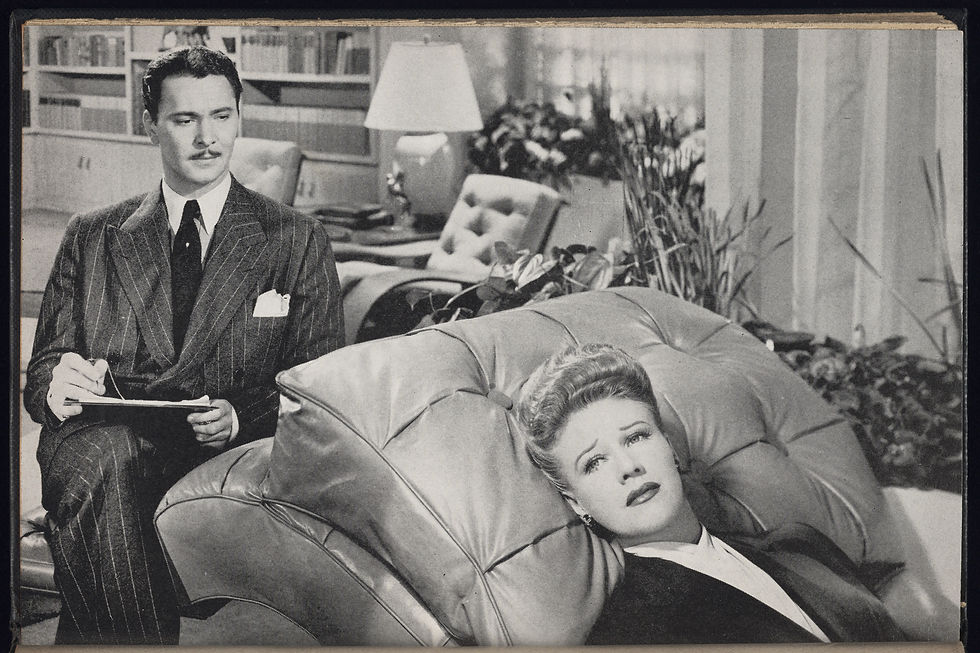Chapter 13
- Dave Macey

- Sep 7, 2015
- 2 min read

I feel that in this chapter Benjamin has gone off at bit of a tangent as he talked a lot about psychoanalysis, which first came to prominence in the early 20th century with Sigmund Freud. This is because the situation that is filmed can be endlessly analysed whereas with a live performance it can happen only once.
From this point of analysability he then asserts a coming together of science and art. This is because of the reality of film and the sense of truth it encompasses. As Benjamin puts it:
It will count among the revolutionary functions of film that it renders the artistic and scientific uses of photography, which beforehand generally diverged, recognisably identical. (P29)
Another point he raises is that film has turned the mundane into something exciting. This is because of the reality of film, that we can relate to what is shown on the screen and that certain techniques can reveal a hidden reality, such as slow motion. From here he then talks about the conscious replacing the unconscious and the camera showing something that is unconscious but familiar.
From this point he then talks about the compulsive unconscious, the things we do that we don’t know we do, being shown by psychoanalysis. This does make sense as I believe it is some of our unconscious actions that form part of our own authorship, but we aren’t aware that this happens.
Overall though, I feel that I didn’t really get to grips sith this chapter. I have encountered psychoanalysis before and it is difficult to understand, but it does play a part of how and why we take images from certain angles and have our own creative style.



Comments